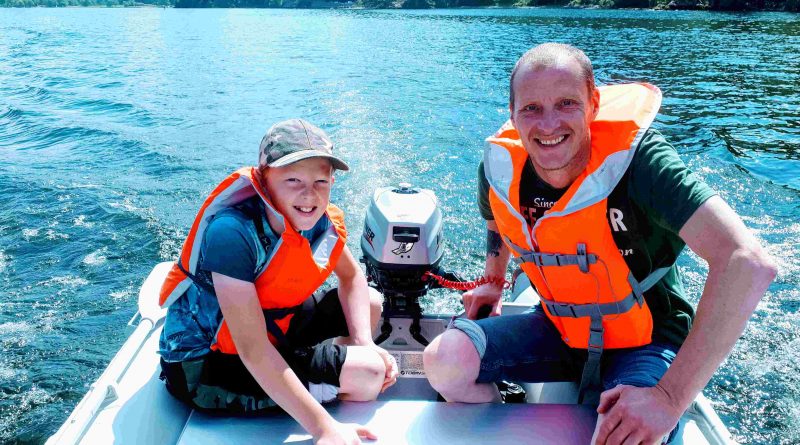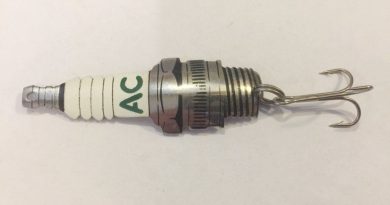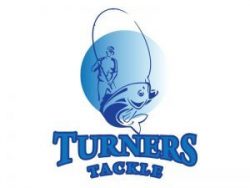Small boat safety
With PWC (Personal Water craft) becoming ever more popular around the UK its a good idea to look at safety options. If you want a boat you can just go ahead and buy one with an outboard without any form of restriction in place. Owning a SIB or small boat is simple enough and I’m not looking at teaching people to suck eggs so to speak. However there are many newcomers with little knowledge or experience especially when it comes to small boat safety.
Safety should be paramount when using any boat, especially on the sea. There are items that you should never leave shore without and some that are needed if you use your boat on the sea. The decision on what to take out on the boat with you should always form part of you planning process. The first thing I look at is the wind and tides (if using at sea) and is the first item to be checked off. The conditions and route planed with help guide you with what small boat safety items you should be carrying on board.
You have planned your trip, weather is good and the tides favorable. Before setting off let a responsible adult know where you are going and what time you will be back. Lets look at the essential pieces of safety equipment a small boat user should carry.
Essential small boat safety Kit list
Life jacket or flotation device?
These essential pieces of kit are both designed to keep you afloat should you end up in the water while using your boat. A life jacket is as its says in the name, manufactured to preserve your life should you fall in the water. They are usually far more buoyant than a flotation aid and are designed to keep your head above water should you be unconscious. This in my opinion is a key and critical feature, especially for none swimmers and open sea users.
A flotation aid though similar in appearance is far less buoyant and capable piece of safety equipment. Though these do have there place when boating, they are ideally for able swimmers in none sea, calm environments such as lakes of slow moving rivers. They can be used close in if on the sea and there are other boats and people with you. If in doubt choose a life jacket – Safety first.
Kill Cord
A kill cord is designed to switch off your boat, cutting the inboard or outboard engine if you are removed by accident from the controls. The kill cord attaches to your front boat control panel or outboard.
It can be worn around the wrist or attached to a belt for example. If you move on purpose or accidentally away from the controls the kill switch will pop out. This will then stop the engine from running creating a safer environment. Without an operator a boat will continue on its course until it runs out of fuel. A spinning prop is deadly, as is a speeding boat. Always wear a kill cord, it just makes sense.
Communication Devices
If out on the boat a communication device should always be taken in case of emergencies. A mobile phone is all well and good, carried by most of the population too. Make sure it’s charged before setting off but be aware of poor reception. Often boats near cliffs or out in the open sea will lose signal.
A VHF radio will be better suited when out boating, it can also give direct contact with emergency services. A transmission range of 10km is ideal providing you keep within 8km, just in case. Paying a bit more will get you a waterproof version, a wet broken radio is of no use. The one below is a cracker!
Anchor and Drogue
Should the worst happen an anchor is an essential piece of safety kit. If you lose power and need to await for help an anchor will keep you in place. Drifting unpowered towards rocks is a frightening experience, an anchor will buy you time. It’s all well and good rowing but an inflatable boat in wind is of little use.
A drogue can be good if you are looking to slow your boat in windy conditions. It may at times work in your favour but an anchor in most situations will be of more use. It will however slow your drifting boat down allowing you more time to get things sorted.
None Essential items
None essential items can at times be required, what you can carry depends on space available. The more items you are able to take, the more effective you can manage unplanned situations. (No particular order)
Spare fuel
Flares
First aid kit
Tender or emergency raft
Basic engine tools
Spark plug
Fire extinguisher
Bailing device
Multitool with knife
RYA safetrx app
There are other items that will come to your aid should you need them. Hence the list is not exhaustive, if you feel anything needs adding please contact us. Good planning is the key to a good and safe trip out on the boat.



Pingback: Recreational boat fishing - TurnersTackle